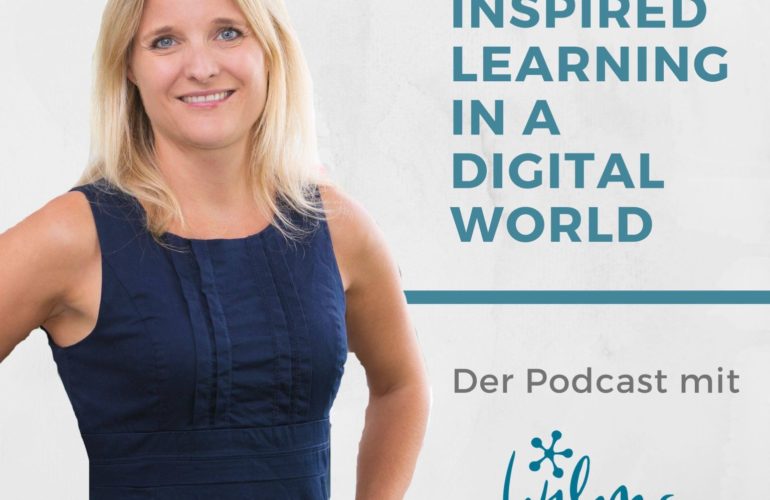Welcome to the future of insurance, as seen through the eyes of Scott, a customer in the year 2030. His digital personal assistant orders him an autonomous vehicle for a meeting across town. Upon hopping into the arriving car, Scott decides he wants to drive today and moves the car into “active” mode. Scott’s personal assistant maps out a potential route and shares it with his mobility insurer, which immediately responds with an alternate route that has a much lower likelihood of accidents and auto damage as well as the calculated adjustment to his monthly premium. Scott’s assistant notifies him that his mobility insurance premium will increase by 4 to 8 percent based on the route he selects and the volume and distribution of other cars on the road. It also alerts him that his life insurance policy, which is now priced on a “pay-as-you-live” basis, will increase by 2 percent for this quarter. The additional amounts are automatically debited from his bank account.
When Scott pulls into his destination’s parking lot, his car bumps into one of several parking signs. As soon as the car stops moving, its internal diagnostics determine the extent of the damage. His personal assistant instructs him to take three pictures of the front right bumper area and two of the surroundings. By the time Scott gets back to the driver’s seat, the screen on the dash informs him of the damage, confirms the claim has been approved, and that a mobile response drone has been dispatched to the lot for inspection. If the vehicle is drivable, it may be directed to the nearest in-network garage for repair after a replacement vehicle arrives.
While this scenario may seem beyond the horizon, such integrated user stories will emerge across all lines of insurance with increasing frequency over the next decade. In fact, all the technologies required above already exist, and many are available to consumers. With the new wave of deep learning techniques, such as convolutional neural networks, artificial intelligence (AI) has the potential to live up to its promise of mimicking the perception, reasoning, learning, and problem solving of the human mind (Exhibit 1). In this evolution, insurance will shift from its current state of “detect and repair” to “predict and prevent,” transforming every aspect of the industry in the process. The pace of change will also accelerate as brokers, consumers, financial intermediaries, insurers, and suppliers become more adept at using advanced technologies to enhance decision making and productivity, lower costs, and optimize the customer experience.











